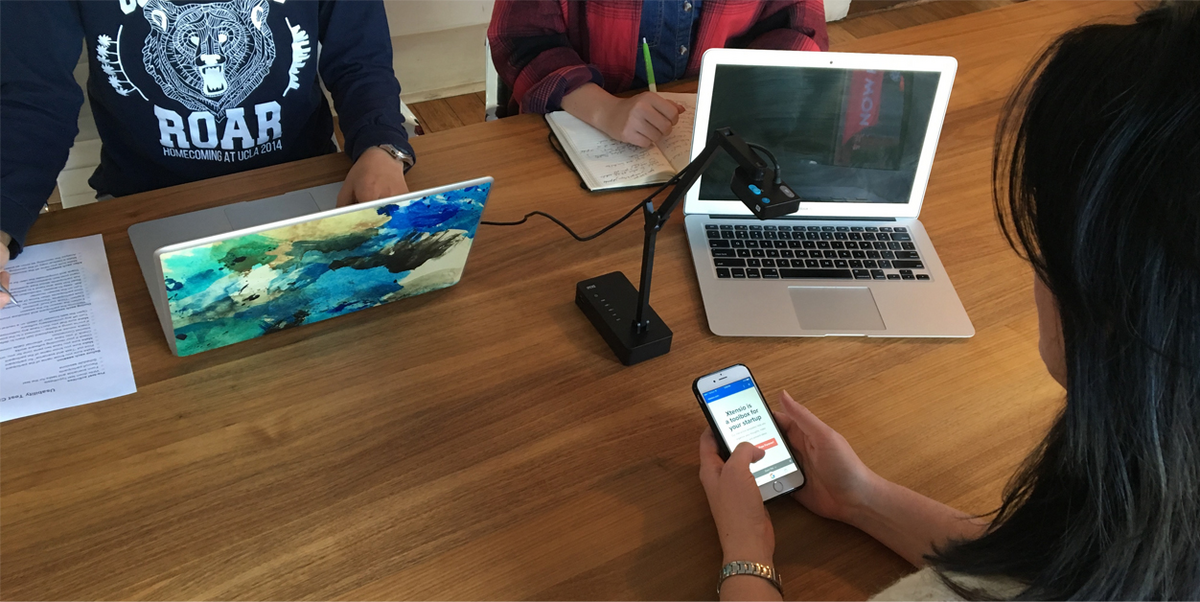User interviews are a valuable tool for gaining a comprehensive understanding of your users. When conducted effectively, interviews can provide deep insights into your users’ goals, perceptions, and experiences.
Conversely, conducting interviews poorly can lead to inaccurate information that steers the design of your site in the wrong direction.
In this article, we explore the fundamental principles of conducting successful user interviews.
What is a User Interview?
A user interview is a qualitative research method used to gather information and insights from users or potential users of a product, service, or system. It involves conducting one-on-one conversations with individuals who represent the target audience or user group.
The main objective of a user interview is to understand the users’ needs, behaviors, preferences, and challenges related to the product or service being developed. By directly engaging with users, you can gather valuable feedback, uncover user expectations, and gain a deeper understanding of their experiences and perspectives.
During a user interview, the interviewer typically asks open-ended questions to encourage participants to share their thoughts, feelings, and experiences. The questions can cover a wide range of topics, such as the users’ goals, tasks they want to accomplish, their pain points, satisfaction levels, and suggestions for improvement.
User interviews can be conducted in person, over the phone, or through video conferencing tools. They can be structured, semi-structured, or unstructured, depending on the research goals and the level of flexibility needed. The interviews are usually recorded or documented to ensure accurate capturing of the insights and to allow for later analysis.
The findings from user interviews provide valuable input. They help uncover user needs and inform design decisions, leading to the creation of products and services that better meet user requirements and expectations.
Why are User Interviews Important?
User interviews play a pivotal role in the design and development for several reasons.
Deep understanding of your users
User interviews facilitate a deep understanding of your actual users. By engaging in one-on-one conversations, you can gather valuable insights into users’ goals, motivations, behaviors, and challenges. This understanding forms the foundation for creating products and services that align with user needs.
Uncover needs and preferences
By asking open-ended questions and actively listening to users’ responses, user interviews help you identify pain points, unmet needs, and areas where current solutions fall short. This knowledge guides the decision-making process and ensures that the final product addresses the specific requirements of the target audience.
Obtain validation and feedback
By sharing prototypes or design concepts with users, you can obtain firsthand input and validate your original assumptions. This feedback loop enables you to iterate and refine your designs, resulting in more user-centric and effective solutions.
Minimize assumptions and biases
By actively involving users in the design process, you can gain an external perspective and challenge your own preconceptions. This leads to more objective decision-making and reduces the risk of creating products that are based solely on internal assumptions.
Moreover, user interviews foster iterative improvement. By conducting interviews at different stages of the design process, you can gather continuous feedback, test new concepts, and make iterative refinements. This iterative approach ensures that the final product is constantly evolving and improving based on user insights.
Limitations of User Interviews
In contrast to behavioral data, which captures users’ real interactions with a website, interview data is self-reported, reflecting users’ perceptions and emotions. Self-reported data, including interview data, has its limitations due to the following reasons:
- Flawed human memory: People may not fully or accurately recall events, leading to potential gaps or inaccuracies in the information they provide during interviews.
- Selective reporting: Participants may not always know what specific details are relevant to the interviewer, and as a result, they may omit certain information. Minor interactions might be considered insignificant and therefore left out.
- Individual characteristics: Participants differ in their personality traits and tendencies. Some individuals may be proud or private, while others may be shy or easily embarrassed. These factors can influence their willingness to share certain details with a stranger, affecting the completeness and openness of the information provided.
Approach your interview data with a critical mindset and acknowledge its potential limitations. Combining multiple data sources from different research methods can help mitigate these limitations and provide a more comprehensive understanding of user experiences.
When Should You Conduct a User Interview?
Whether you’re developing a site, app, or product, user interviews can offer valuable insights throughout various stages of the development process. However, there are three specific times when they hold particular significance:
- Initial project phase: Before a clear concept has been established, conducting interviews gives you a better understanding of potential users and their wants and needs. Gathering information upfront helps you create potential solutions.
- Early stages of product development: When a product team has a preliminary model or concept, involving users in the process can provide valuable feedback. Sharing the prototype with users allows for user-centered improvements and refinements.
- Post-launch stage: Interviews conducted after the product has been released can be combined with observation in what is known as a contextual inquiry. These interviews take place within the context of users interacting with the product, offering valuable insights into user behavior and usage patterns.
Each of these interview stages contributes to a holistic understanding of your users and helps you develop user-centric solutions.
How to Conduct User Interviews
We’ve covered the basis of user interviews. Now let’s walk through the steps of conducing one.
1. Find participants who represent your audience
It’s important to find test participants who closely match your actual users, otherwise the feedback you collect won’t be valuable. Conduct a preliminary survey prior to inviting test participants. Make sure their demographics, psychographics, backgrounds, and motivations match your audience.
Here are some great places to find test participants:
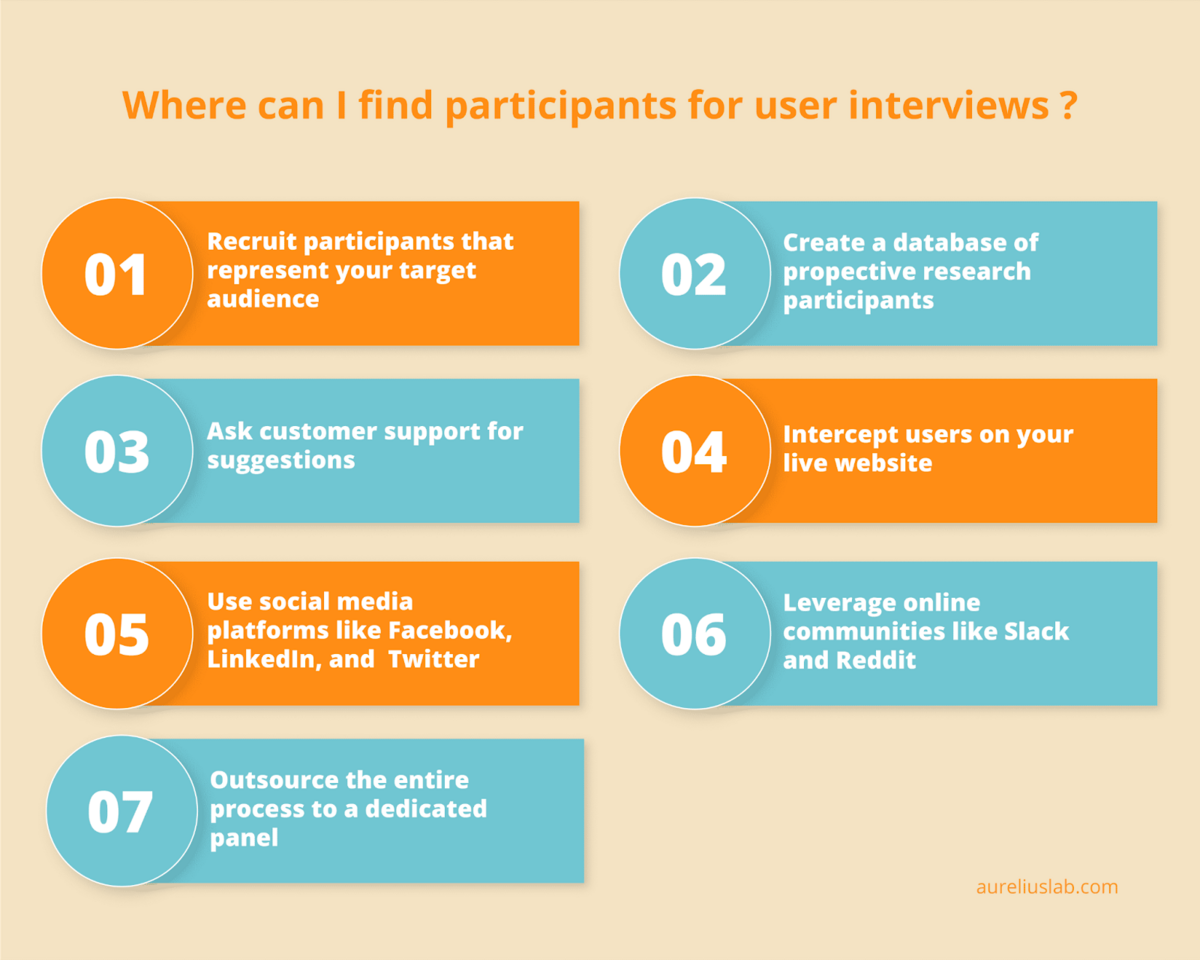
2. Put yourself in a positive mood
Before starting the user interview, take a deep breath and put a smile on your face. Psychologically, smiling creates a more positive attitude, and positive attitudes are infectious. If you’re in a good mood, your interviewee will feel better about the experience as well.
3. Set a goal for the interview
Before starting the interview, it’s important to have a goal in mind. Don’t settle on something generic, such as “learn about our users.” That won’t focus your questions on what’s relevant.
Come up with a concise goal that’s related to specific user behavior or attitudes. For instance, you might aim to learn what terms people search for to find products like yours, whether they enjoy using your product customizer, or whether they can successfully follow your return process.
It’s okay to have multiple goals for a user interview, as well, provided you have enough time to address them during the session. Just make sure they are focused and relevant.
4. Choose your interview format
User interviews can be structured, unstructured, or somewhere in between called semi-structured. In a structured interview, all questions are prescription. There is no deviation from the script. In an unstructured interview, there is an open dialogue between the interviewer and interviewee that differs from previous interviews.
Semi-structured interviews are most common. This is where you prepare a set of topics, but have the freedom to change the order of questions and add questions where appropriate. Semi-structured interviews feel more natural and offer the flexibility to dig into topics you didn’t expect to arise.
Focus groups are another possible option, but they usually aren’t suitable for user interviews. One person’s feedback can bias the rest of the group.
Here’s how the different types differ:
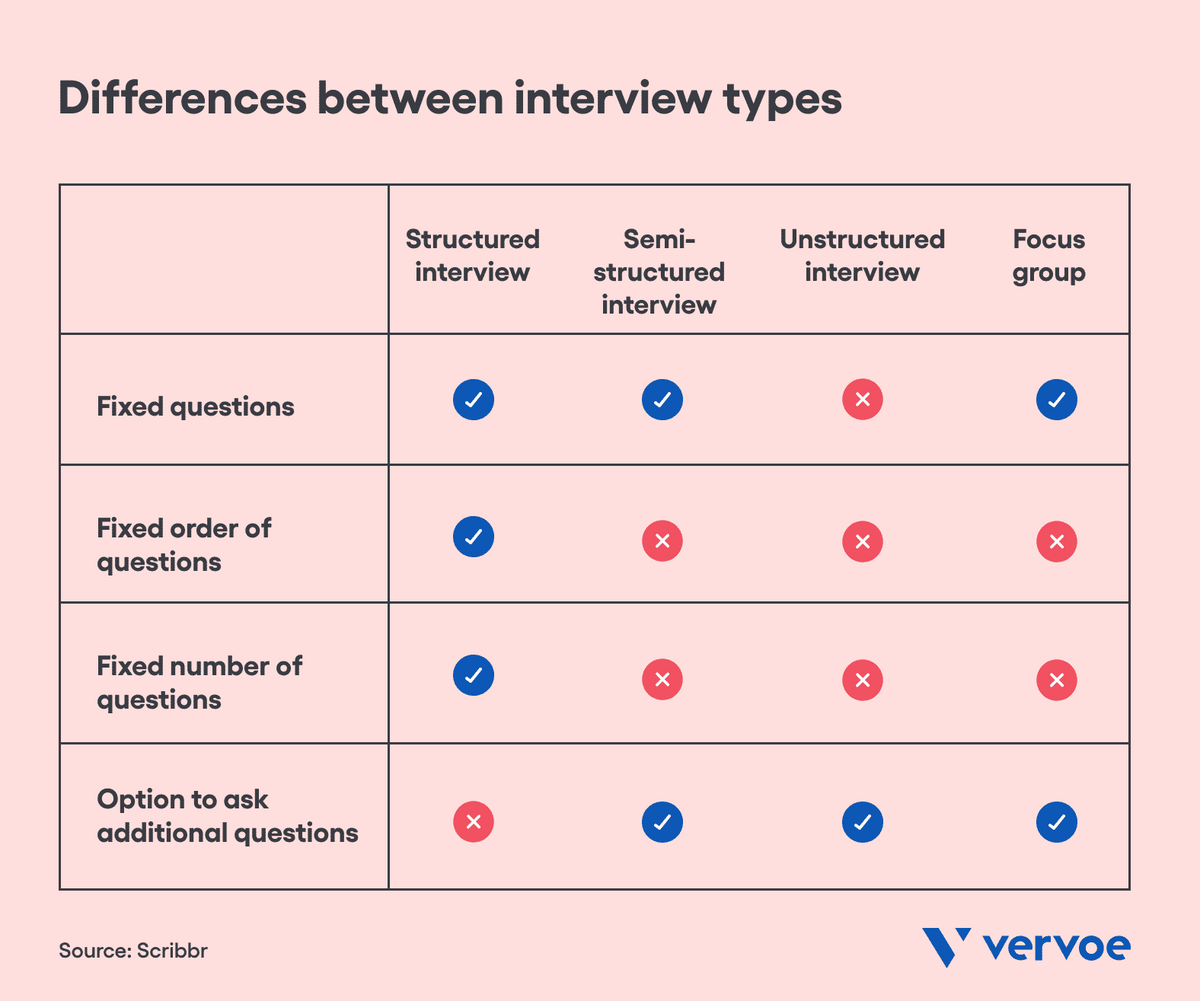
5. Build a rapport with interviewee
At the beginning of the interview, it’s important to put the interviewee at ease. You need to earn their confidence and make them feel comfortable so they give you honest information. Here are some tips to quickly build a rapport:
- Greet the interviewee by name and offer a warm welcome. Thank them for their contribution. Engage in some small talk if you think that’s appropriate.
- Use positive body cues, such as maintaining eye contact (but not in a creepy way), smiling, and nodding as they speak. Avoid negative cues, such as crossing your arms, frowning, fidgeting, or seeming distracted.
- Explain the purpose of the interview and how you plan to use the results. Give the interviewee more context about why you need this information and the types of questions you’ll ask. This will make them less confused.
- Stick to the product. You don’t want the interviewee to feel like they are being tested, criticized, or evaluated in some way.
6. Ask permission before recording (video or audio)
While note-taking is the prevailing method of data collection in user interviews, audio or video recording can also be an effective way to gather information. However, it is crucial to obtain the participants’ consent before recording.
Prior to commencing the interview, always ask for permission to record, and be prepared to cease the recording immediately if the interviewee expresses discomfort or refuses. Respecting the participants’ privacy and comfort should remain a top priority throughout the entire interview process.
7. Test your visuals and technology
Before starting the interview, make sure that all of the hardware and applications you plan to use are operational. Ensure that your internet connection is reliable. You may find it helpful to ask a friend to do a quick rehearsal with you.
If you plan to use any visuals, links, or other materials during the user interview, pull them up ahead of time on your computer. Make sure to hide anything confidential.
8. Design your interview questions
Never start an interview without preparing your questions beforehand! Before the interview, it’s helpful to design a full discussion guide. This document includes all of the questions you might ask.
Your discussion guide should be closely tied to the purpose of your research, and the questions should be selected according to your learning goal. It should also include questions you might ask if you have time, as well as follow-up questions for cases where the test participant gives an unexpected answer.
Discussion guides typically have two types of questions: general and product-specific. A general question might be something like:
- Could you tell me about your habits?
- What does your daily schedule look like?
- How do you typically solve this problem?
Product-specific questions focus on your product, such as your website or app. Here are some examples:
- What did you find hard about [the task]?
- What could we do to make [the task] easier for you?
- How long does it take to use [the feature]?
- How did you feel when using [the feature]?
UX Knowledge Base has a great guide on asking good questions:
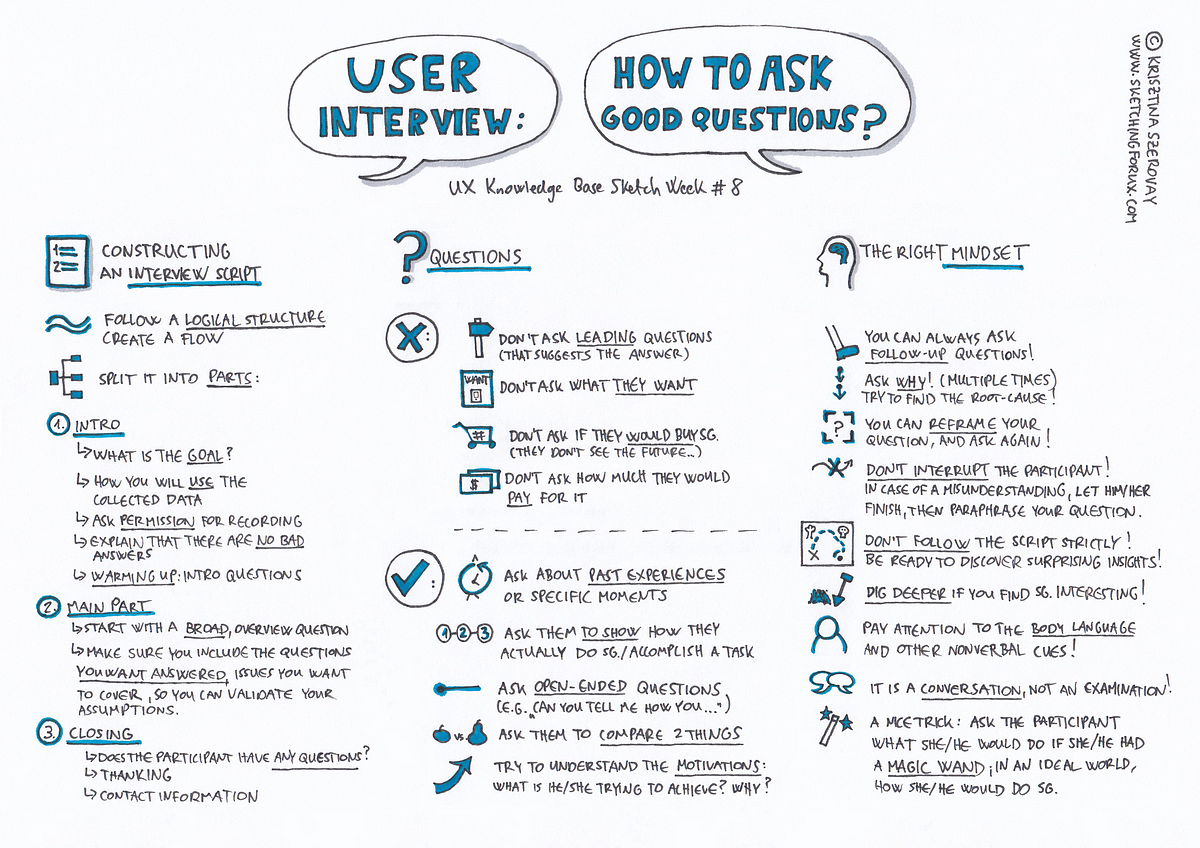
Your discussion guide is a living document. Iterate on it over time as you get better at conducting user interviews. For instance, if a test participant provides an especially useful piece of information, you might ask future participants questions on the same topic. It’s also okay to abandon questions that continually fail to work.
9. Focus on problems, no solutions
Generally speaking, users don’t know what they want. They aren’t the right people to ask for suggested features or solutions because they aren’t designers and developers. Think of the possibly apocryphal quote from Henry Ford: “If I had asked people what they wanted, they would have said faster horses.”
Instead, focus your questions on their problems. What do they want to achieve? What do they consider a “win?” How do they envision their life after making their problem vanish?
10. Ask follow up questions
As your participants answer questions, don’t be afraid to ask follow up questions based on their responses. (This is the major benefit of the semi-structured format.) Try using the Five Whys technique. Ask “Why?” multiple times (up to five) until you get to the real meat of their answer.
If you aren’t sure what the participant means, don’t be afraid to ask for clarification. An answer you don’t understand is useless to you. Ask for elaboration, context, or even an anecdote to help you understand what they mean.
If a user mentions something particularly interesting, ask them to show you on their device. For instance, if they report being unable to find your discounted products in your navigation, have them show you what their screen likes and where they looked.
11. Offer some closing remarks
Towards the end of the interview, it is crucial to spend a few minutes wrapping up and allowing for any unexpected information to surface. Invite the user to share anything they haven’t had the chance to mention yet.
Try concluding the interview with a question like, “Is there anything else you’d like to share with us?” This creates an opportunity to uncover new insights that may be valuable for your research. If the user responds with enthusiasm and says, “Yes, I’d love to tell you about this product I use all the time…” it opens up a new source of inspiration for ideation. Providing space for users to share unprompted information allows for unexpected discoveries.
Some effective questions to ask at the end of an interview include:
- “Is there anything else you’d like to share with us?”
- “Is there anything we didn’t discuss today that you think is important?”
- “What’s one thing that I haven’t mentioned yet but you believe I should know about?”
Then, express gratitude to the users for their time. Take a moment to review your notes or jot down any notable observations that stood out during the interview. Ideally, having another person present to assist with note-taking or recording the session for later review is beneficial.
What to Avoid During an User Interview
Now that you know how to conduct a user interview, here’s what not to do.
Don’t judge or educate the interviewee
The purpose of the user interview is to learn from them, not teach them. If they feel judged, they may withhold information. Besides, you have a limited amount of time to conduct the interview. Don’t waste it on activities that don’t help you learn.
Don’t ask leading questions
Leading questions can influence the interviewee’s response by guiding them towards a specific answer. It is important to avoid the use of leading questions during interviews to prevent bias and ensure more objective results. When questions are framed in a leading manner, there is a risk of only hearing what you want to hear, distorting the outcomes of the interview sessions.
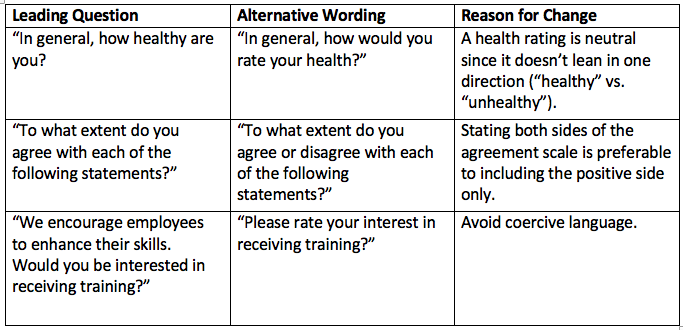
For instance, consider the question, “How often do you watch Hulu?” This question assumes that the interviewee is an active Hulu user, potentially influencing their response. To maintain neutrality and obtain unbiased insights, ask questions in a more neutral manner.
A better approach would be to start with an open and neutral question such as, “Do you have any experience with any video streaming services?” This allows the interviewee to provide their own experiences and opinions without any preconceived assumptions, leading to more genuine and valuable responses.
Don’t be afraid of silence
It’s not uncommon to experience moments of silence during a user interview. Don’t feel like you have to fill this space with unnecessary words. Instead, use these moments as an opportunity to allow the interviewee to provide additional information willingly. By giving them space to gather their thoughts or share more insights, you create a conducive environment for richer and more meaningful responses.
Don’t make assumptions – ask the stupid questions
Asking basic questions is crucial in avoiding the oversight of important information that might be assumed or overlooked. Basic questions also serve as a helpful technique to ease interviewees into the conversation, fostering comfort and engagement.
For example, you might initiate user interviews with a question like, “What does your organization do, and how does your role contribute to it?” Although you may already possess some knowledge of the answers, you’ll often discover additional details and nuances that prove valuable for follow-up inquiries or when constructing user scenarios.
Avoid asking closed questions
Closed questions are questions that elicit a “yes” or “no” response. They don’t naturally solicit any valuable information. For instance, if you ask, “Do you use our product every morning?” the interviewee might respond “yes” without elaboration. A better question would be, “Could you tell me how often you use our product?”
Avoid vague questions
Vague questions are ambiguous and difficult to understand. They tend to confuse your test participants. In some cases, they make interviewees feel guilty for not understanding. To determine if any of your questions are vague, test them on random people to see if they understand the question’s meaning and the kind of answer you’re looking for.
Never mention other users
A quick way to prejudice answers is to compare the interviewee to other users. Here’s an example of a bad question: “A lot of people say our navigation is simple. Do you agree?”
In this case, you just told them that people find the navigation easy. If they find the navigation confusing, they may hold back for fear that you’ll think they’re stupid. People want to fit in, so they’ll often agree with the crowd, even if they really don’t.
Instead, focus on open-ended questions that don’t assume anything. Here’s a good alternative: “Please describe your experience with the website’s navigation.”
User Interviews Made Easy
User interviews play a vital role in gaining valuable insights into user behavior, preferences, and needs. By conducting thorough interviews and understanding the purpose behind them, we can gather the necessary information to improve our products and designs. Ultimately, user interviews empower us to create better user experiences and drive the success of our projects.
Like most businesses, you don’t have time to conduct your own user interviews. Recruiting people in your target market to provide feedback on your shopping experience is hard.
Let UserInput handle it for you. We let you set up a new research project in just a few clicks, so you can get the input you need while still making progress on your other goals. Our managed customer research service pairs you with real people in your target market to collect unfiltered feedback about your shopping experience.
The company that understands its customer the best always wins. Our done-with-you research services make sure that company is yours. Start a research project today.

